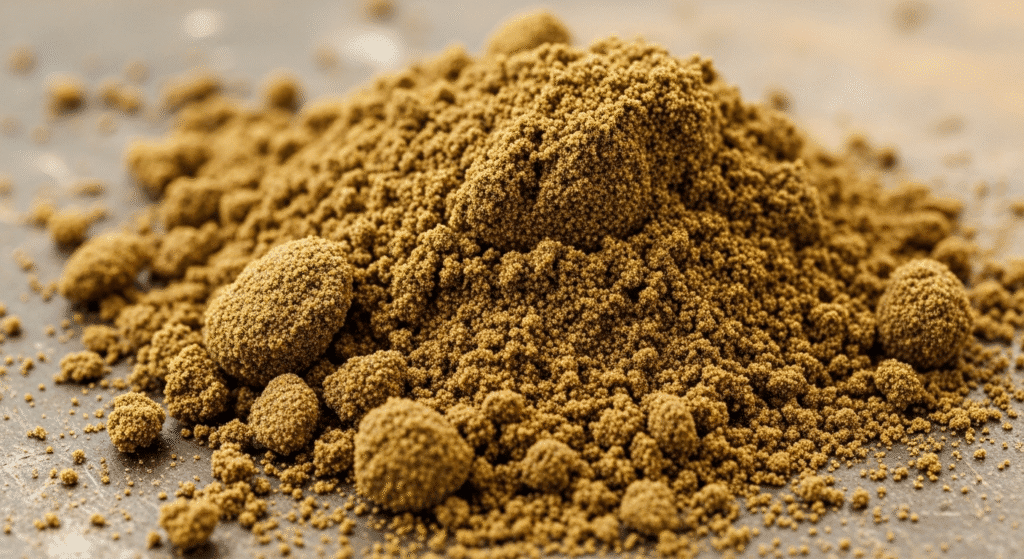No, you can’t use regular beach or playground sand for sand casting – at least not if you want good results. The sand needs special properties to withstand molten metal temperatures and create clean, detailed castings.
Regular sand will crack, create rough surfaces, and might even explode when hot metal hits it. That’s why foundries use specially prepared casting sand instead.

Beach sand and playground sand have three major problems for casting.
First, the grains are too rounded and smooth from years of erosion, so they don’t lock together properly.
Second, regular sand contains impurities like salt, organic matter, and random minerals. These burn or decompose when metal hits them, creating gas bubbles and defects in your casting.
Third, the grain sizes are all over the place. You need consistent particle size for the sand to pack evenly and create smooth surfaces on your finished piece.
Casting sand isn’t just any sand – it’s a carefully prepared mixture. The main ingredient is silica sand with uniform, angular grains that pack together tightly.
This sand gets mixed with a binder (usually clay or resin) that holds everything together when you remove the pattern. Think of it like the difference between dry flour and cookie dough – the binder turns loose sand into something moldable that holds its shape.
The mixture also needs the right amount of moisture. Too dry and it crumbles. Too wet and steam from the hot metal can cause explosions.
If you’re determined to experiment with regular sand, you can improve it somewhat.
Start by washing it thoroughly to remove salt and organic materials.
Sift the sand through different mesh sizes to get uniform particles. Keep only the medium-sized grains – about like table salt.
Mix in 10% bentonite clay (available at pottery suppliers) and add water until it feels like damp soil that holds together when squeezed. This creates a basic green sand that might work for simple aluminum castings.
However, even with these improvements, your results won’t match proper casting sand. Expect rough surfaces, less detail, and more failed castings.
